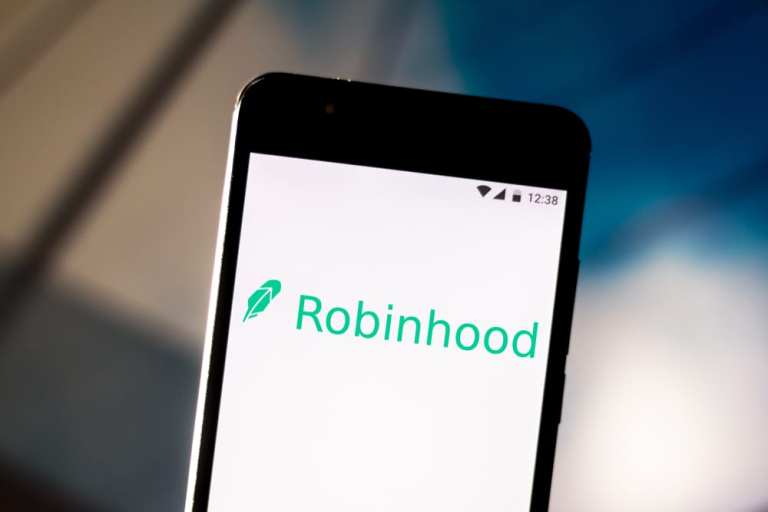Robinhood App Crashes Again As Markets Plummet

The stock-trading app Robinhood went down again on Monday (March 9), as the markets plummeted and then closed briefly for the first time since 1997, according to reports.
The app was back up in less than an hour. This latest Robinhood outage comes a week after the app went down on one of the busiest trading days of the year.
“Trading has been partially restored on Robinhood and our team is working to get our platform fully back up and running,” the company tweeted.
On Monday morning (March 9), stock market trading was suspended as the S&P 500 index plummeted 7 percent. The Dow Jones Industrial Average dropped as much as 2,046 points as an oil price war broke out amid growing concerns about the coronavirus. There is a failsafe in place that suspends trading for 15 minutes if there is a fast, 7 percent drop of the S&P 500.
The app also went offline on Monday (March 2) and Tuesday (March 3), which were volatile, record-setting days. The Dow increased by over 1,293 points, or by 5 percent. The first outage was from 9:30 a.m. until around 2 a.m. ET. The second outage was from roughly 10 a.m. to 12 p.m.
The company’s founders said they would compensate its Robinhood Gold premium subscribers for the outages, giving them three months of access to Morningstar and Nasdaq data, plus bigger instant deposits.
Robinhood blamed “highly volatile and historic market conditions” and “record account sign-ups,” as well as “record volume.” The company hinted there could be further outages as it upgrades its platform. “As our engineering team works to upgrade our infrastructure, we may experience additional brief outages, but we’re now better positioned to more quickly resolve them.”
The company has not disclosed what backup or contingency plan might have been in place and might have failed, or whether there was (or is) a backup plan in the event of system failures or unanticipated volume surges.